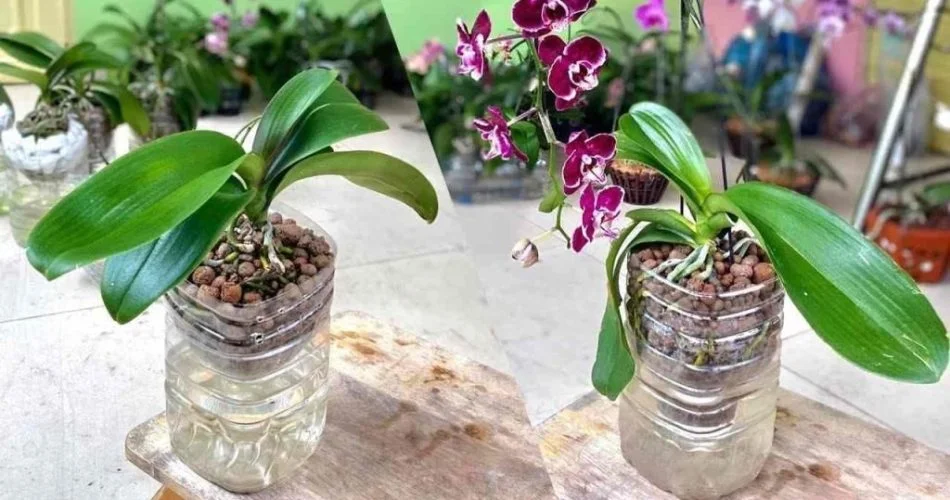Orchids are known for their striking beauty and exotic appeal, but they can sometimes be a challenge to grow, especially for those new to their specific care requirements. If you’ve been longing to see your orchid thrive, bloom quickly, and display its full glory, implementing the right planting technique and care regimen is crucial. This article delves into the best practices for planting orchids that not only promote rapid growth but also encourage them to bloom beautifully and quickly.
Choose the Right Potting Mix and Container
Orchids thrive in loose, well-draining environments that mimic their natural habitat. Most orchids are epiphytes, meaning they grow on other plants in nature rather than in soil. For this reason, a specialized orchid potting mix, typically made of bark, perlite, and charcoal, is essential. This mix ensures adequate air flow to the roots and prevents water from accumulating, which can lead to root rot.
When selecting a container, opt for pots with ample drainage holes. Consider clear pots which allow sunlight to reach the roots, a unique aspect of orchid care, contributing to their health and growth.
Proper Watering Technique
The key to watering orchids is consistency and moderation. Over-watering is a common mistake that can harm your orchid more than under-watering. Water your orchid once a week by immersing the pot in water for a few minutes before draining it thoroughly. Ensure the potting mix is nearly dry before watering again. This method mimics the natural rainfall pattern that orchids experience in the wild.
Optimal Lighting Conditions
Light is a critical factor in promoting growth and flowering in orchids. Place your orchid in a spot where it can receive bright, indirect sunlight. East-facing windows are ideal, providing the morning sun without the harsh afternoon rays. If natural light is insufficient, consider using grow lights to supplement.
Humidity and Air Circulation
Orchids flourish in environments with high humidity (between 40-70%) and good air circulation. You can increase humidity by placing a water tray near the plant, using a humidifier, or misting the orchid regularly. However, ensure the plant isn’t sitting in water, as this can cause root issues. Air movement can be enhanced with a gentle fan, which also helps to mimic the orchid’s natural environment and prevent disease.
Fertilization for Fast Growth
Feeding your orchid the right fertilizer is like providing it with a boost of energy. Use a balanced, water-soluble fertilizer formulated specifically for orchids. A common recommendation is to fertilize “weakly, weekly” — meaning you should use a quarter of the recommended dose on a weekly basis. This regular, light fertilization schedule supports steady growth and helps in quicker blooming.
Repotting for Rejuvenation
Orchids typically need to be repotted every 1-2 years or when the potting mix breaks down and no longer provides good drainage and air flow. Repotting is also a chance to divide orchids if they’ve grown too large for their pots, which can stimulate growth and flowering. Use fresh orchid mix, and be careful not to damage the delicate roots during the process.
Triggering Blooms
To encourage your orchid to bloom, mimic the temperature drop they would experience in their natural environment. This can often be achieved by placing them in a cooler area (about 55-65°F or 13-18°C) at night for a few weeks. This slight stress can trigger the plant to produce blooms as a survival mechanism.
Conclusion
Growing a flourishing, quickly blooming orchid is all about recreating aspects of their natural habitat. By providing the right potting mix, watering carefully, ensuring adequate light, maintaining humidity, fertilizing regularly, and repotting when necessary, you set the stage for your orchid to not only grow quickly but to also reward you with stunning blooms. Remember, patience and attention to your orchid’s needs are key. With time and care, your orchid will become a fast-growing, vibrant addition to your indoor garden.

